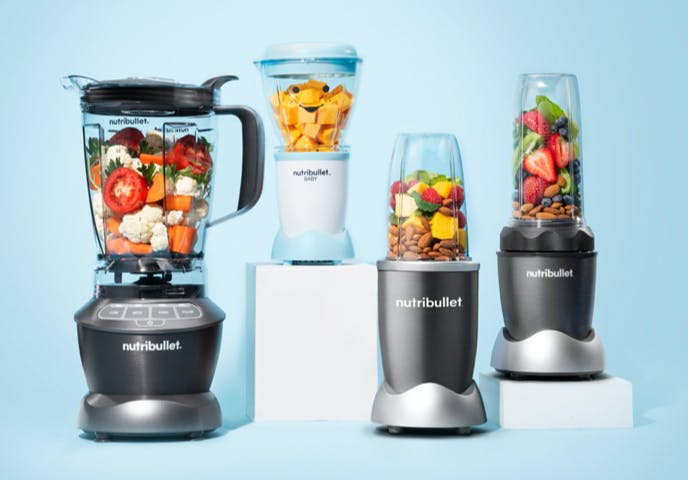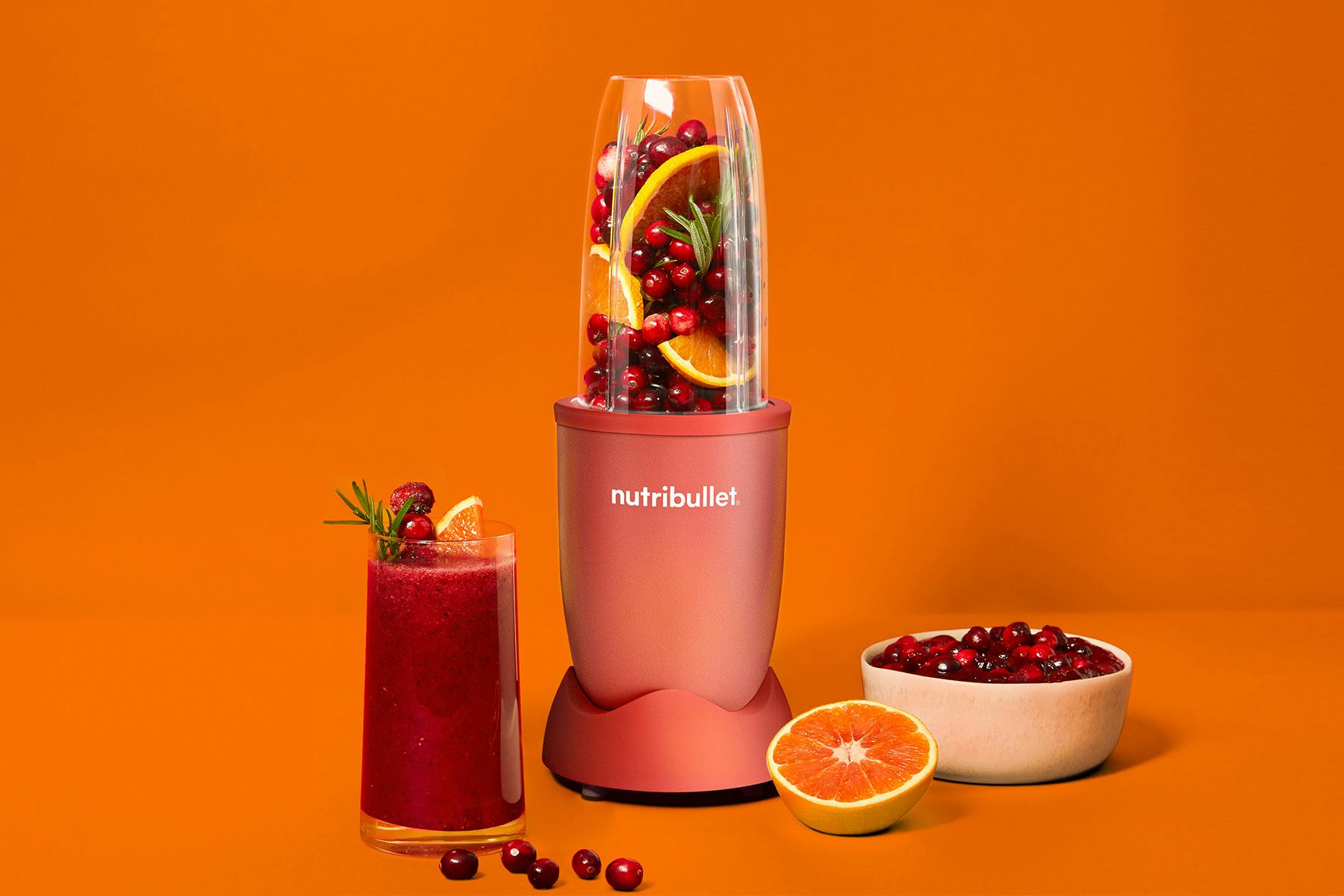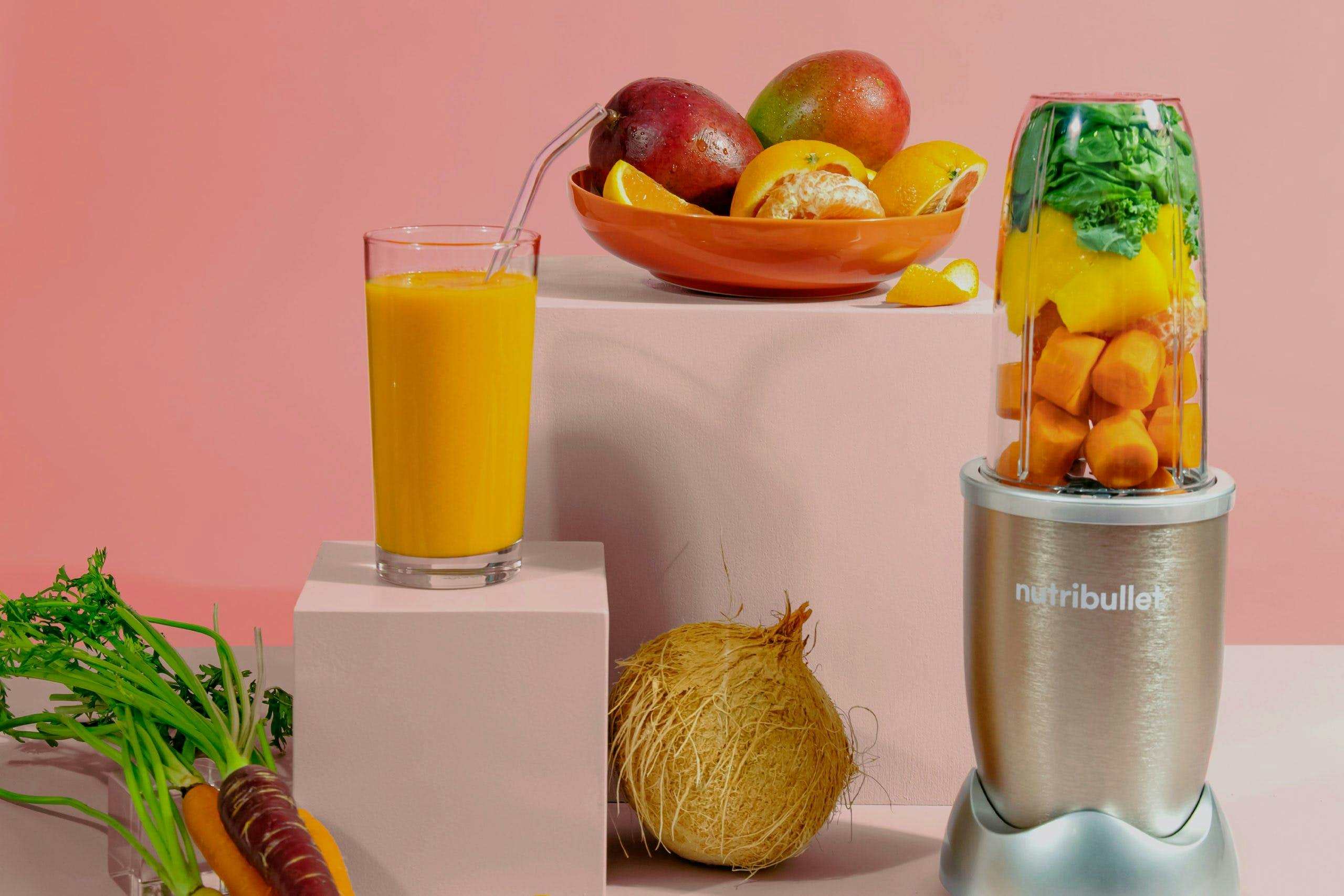Just over a decade ago, the word “gluten” may not have been in your vocabulary. Today, however, there’s an entire section of the supermarket dedicated to food products completely void of it. So, why the hype? Below, we break down what gluten is, why some people may need to avoid it, and what food products you’ll find it in.
What is gluten?
Gluten is a protein found in all forms of wheat (such as spelt and farro), rye, and barley. It’s responsible for giving baked goods their elasticity, volume, and texture. Chewy, dense bread products have more gluten development – an elastic network that develops during baking – than light, flakey pastries.
Who needs to follow a gluten-free diet?
The gluten-free diet is recommended for anyone diagnosed with celiac disease, an autoimmune disorder that is triggered by gluten. It’s also for people with an intolerance to digesting gluten, or gluten sensitivity.
Celiac disease is a disorder of the intestinal tract. When individuals with celiac disease eat foods with gluten in them, they experience an immune response. This response can damage the small intestine. It also causes food and nutrients, such as iron, folate, calcium, and vitamin D, to pass through the digestive system without being absorbed.
For individuals with gluten intolerance or gluten sensitivity, they will not produce antibodies to gluten or show signs of damage to the intestines. However, they may have symptoms, such as abdominal pain, bloating, and gastrointestinal distress, after eating gluten-containing foods.
Why has gluten seemed to garner so much extra attention in recent years?
According to a 2012 study published in Gastroenterology, approximately 1 percent of the U.S. population, or 3 million people, has celiac disease. Another study published by the Journal of the American Medical Association in 2016 found that from 2009 to 2014, the prevalence of celiac disease remained stable in the U.S. population. Yet, gluten-free diets increased in popularity during that time.
This continued interest in the gluten-free diet could likely be due to the “health halo” surrounding gluten-free foods and the subsequent increase in gluten-free products available in the market, as well as an increasing number of individuals self-diagnosing with gluten sensitivity.
What products are likely to contain gluten?
Common gluten-containing foods include breads, crackers, cereals, pancakes, pasta, pizza, granola bars, cookies, pies, and cakes.
Some foods can contain hidden gluten, such as wheat starch, in the form of additives like thickeners, stabilizers, and flavors. Frequently overlooked items that may contain gluten are salad dressings, marinades, soy sauce, soups, processed meats, meat substitutes (such as veggie burgers), ice creams, and chocolate bars.
Even though oats and products containing oats are naturally gluten-free, they are often excluded in a gluten-free diet due to cross-contamination of wheat gluten during growing and processing.
Other hidden gluten-containing ingredients you’ll want to be aware of include malt, malt extract, malt flavoring, semolina, and triticale.
What foods can you eat if you’re avoiding gluten?
If you have been diagnosed with celiac disease or gluten intolerance, you can still enjoy a wide variety of naturally gluten-free grains such as rice, corn, quinoa, buckwheat, and millet. And remember, aside from wheat, rye, and barley, all other whole foods are naturally gluten-free! You can enjoy nuts, seeds, beans, fruits, vegetables, soy, seafood, meat, and poultry.
What are some quick & easy gluten-free snack ideas?



















